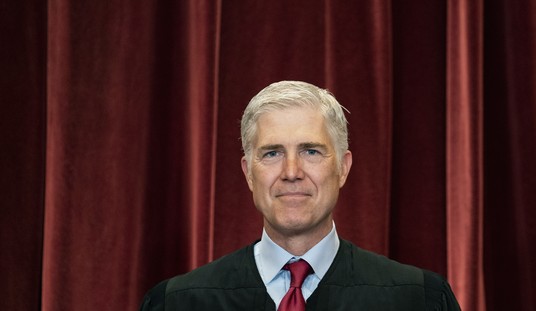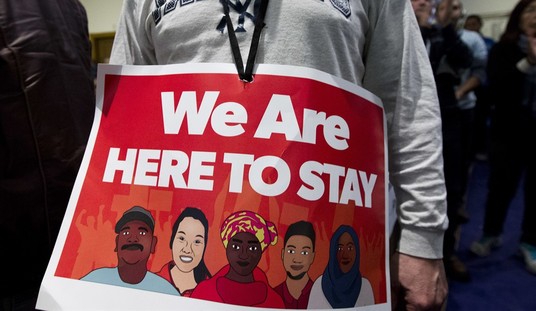[What follows is the text for the second of my Talking Through My Hat videos. The actual video can be viewed here.]
Back when I was a kid the New York Times was somewhere between the works of Shakespeare and the Lord’s Prayer. It was, well, everything… It told us what books to read, what movies and plays to see, what opinions to have, what politicians to like, who got married, where to eat, where to sleep and whether the Yankees would win the pennant – they usually did.
It even told us whether we had lived a decent life, because if you didn’t have an obit it in the Times, you really hadn’t been here, had you? Or certainly hadn’t done anything of significance.
And this wasn’t just true for New York, where I grew up. The Times’ power spread across the country and, indeed, the world, because so many media folks – either too lazy or too credulous or just too conformist – looked to the paper for validation of what they were saying or, more importantly, what they should say…
If the Gray Lady wrote it, it had to be. Not even Pravda had such an influence over its culture because, at least with Pravda, everyone knew it was the state organ of the Soviet Union and not to be trusted.
In fact, the paper reached deeply into my own life when it gave a relatively good review to my barely-read first novel, causing my father finally to shut up about how writing was too iffy an occupation and that I should go to medical school… In retrospect, maybe that wasn’t such a good thing.
Anyway, it took me many years … until about the time I started blogging… to realize what a pernicious influence The Times had had and how no single media outlet ought to have that much power in a democracy… something, by the way, that its editor Bill Keller admitted to me, when we were still friends, back before I fully put on my pajamas… Even now, with its business model failing to the extent that it is selling off its own landmark building while borrowing millions at a usurious rate from a Mexican billionaire, the Times still has an excessive influence, still moves the agenda more than any other media outlet, defining itself with a slogan so cloaked in bogus objectivity – “All the News That’s Fit to Print” – that it might make a Pravda editor blush.
Because, as we know, no one is objective. I’m not, you’re not and certainly not the New York Times. We’re all biased. I could say bias is as American as apple pie, but this is far from just an American trait. It’s a global one. Bias is as human as bread.
But this is nothing new.
What surprised me when I finally woke up to the extreme bias of the New York Times was that it had had a long history – which is what I am going to deal with in the next episodes of this show in my own, and undoubtedly biased, way. But I will try to be fair – not just for fairness’s sake – but because the Times has some fine writers and sometimes does excellent work. It’s just that too often these days you find it in the Travel section.
In fact, that may be where you always found it. But let’s go back to how the Times came to be THE TIMES. The paper was founded in 1851, but — because “Freedom of the press belongs to the man who owns one,” as AJ Liebling famously said — the important year to remember in the history of The Times was 1896. That was the year that the then New York Daily Times was bought by Alfred Ochs, the German Jewish publisher of the Chattanooga Times.
Ochs ditched the “daily” and the Ochs family and their Sulzberger descendants have owned the New York Times ever since, dominating the news for over a hundred years as no single family ever has. Although the New York Times is a publicly traded company, its actual operation – the paper’s editorial policy – is completely governed by the Ochs-Sulzbergers through a complicated system of A and B stocks. In this case freedom of the press belongs to the family who owns one – and we all know the perils of tight family control.
Overstated? Well, maybe not that bad, but pretty destructive in another, perhaps more lethal way… destructive to our minds… But I am getting ahead of myself.
What did Adolph Ochs do to turn that New York Daily Times into the Gray Lady we may or may not love? Well, he invented that slogan “All the News That’s Fit to Print” and made it clear his paper would no longer be like those other sensational yellow journalistic rags of those days – The New York World and the New York Journal American. The Times would be something different. It would be a serious enterprise with professional reporters and foreign correspondents. It would have authority. It would have the facts.
It was supposed to anyway, but did it? Were those subverted by other agendas? Was this authority deserved then or now?
You probably recall the Times was embarrassed a few years back for publishing articles fabricated and plagiarized by their reporter Jayson Blair. An independent investigation concluded that 36 of Blair’s 73 national news stories were suspect. These included serious Iraq War-related pieces like “In Military Wards, Questions and Fears from the Wounded” and “Relatives of Missing Soldiers Dread Hearing Worse News” – both of which were virtually made up. The Times, evidently had no real fact-checking. Or perhaps – if you said certain things, if you had certain views – they just assumed you were telling the truth.
The ensuing scandal instigated not only the 2003 “resignation” of Blair, but also a change of top editors at the paper, with Blair enabler Howell Raines exiting and my friend Keller replacing him in the job he had previously coveted. The atmosphere at the Gray Lady at that time was apparently morbidly depressing. What could be worse for their reputation than a New York Times reporter caught lying all over the front page? How could such a thing happen?
Well, hello, Planet Earth… It happened plenty of times before, in some instances in a far worse manner than the low-grade fiction writing of Jayson Blair and with far greater impact on the world. The question is why it happened so many times at The Times. They’re not just some low-grade blog run by amateurs in their pajamas. What’s the explanation for this?
Maybe we can try to figure that out…. Perhaps a journey into the past will shine some light on the present… For our next episode, I will examine one of the most egregious examples of prevarication in the history of journalism – the story of Pulitzer Prize winner Walter Duranty, the man known as “Stalin’s apologist” who lied about the deliberate starvation of millions of Ukrainian peasants on the front page of the New York Times.
This is Roger L. Simon and I’ve been talking through my hat.








Join the conversation as a VIP Member